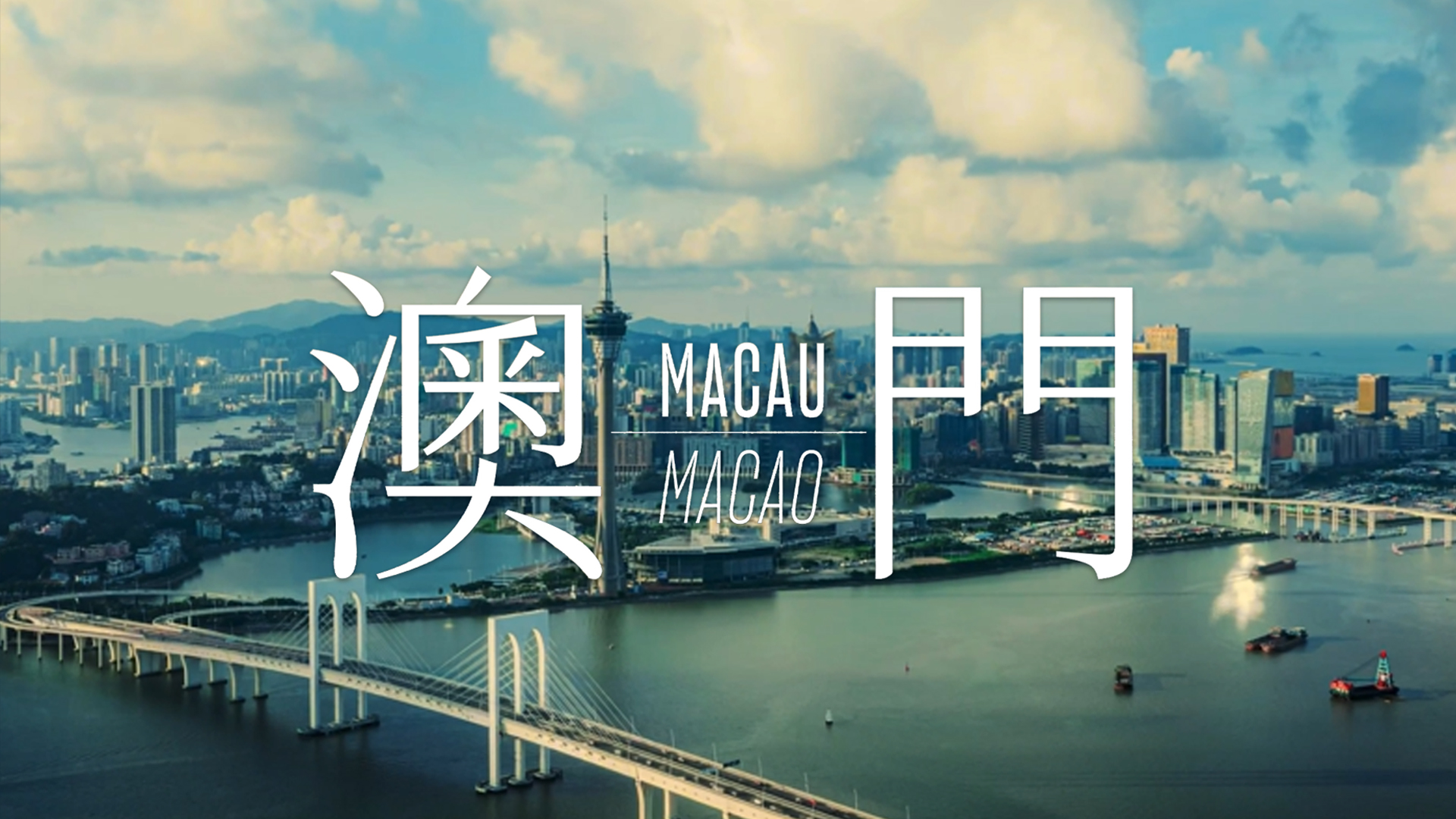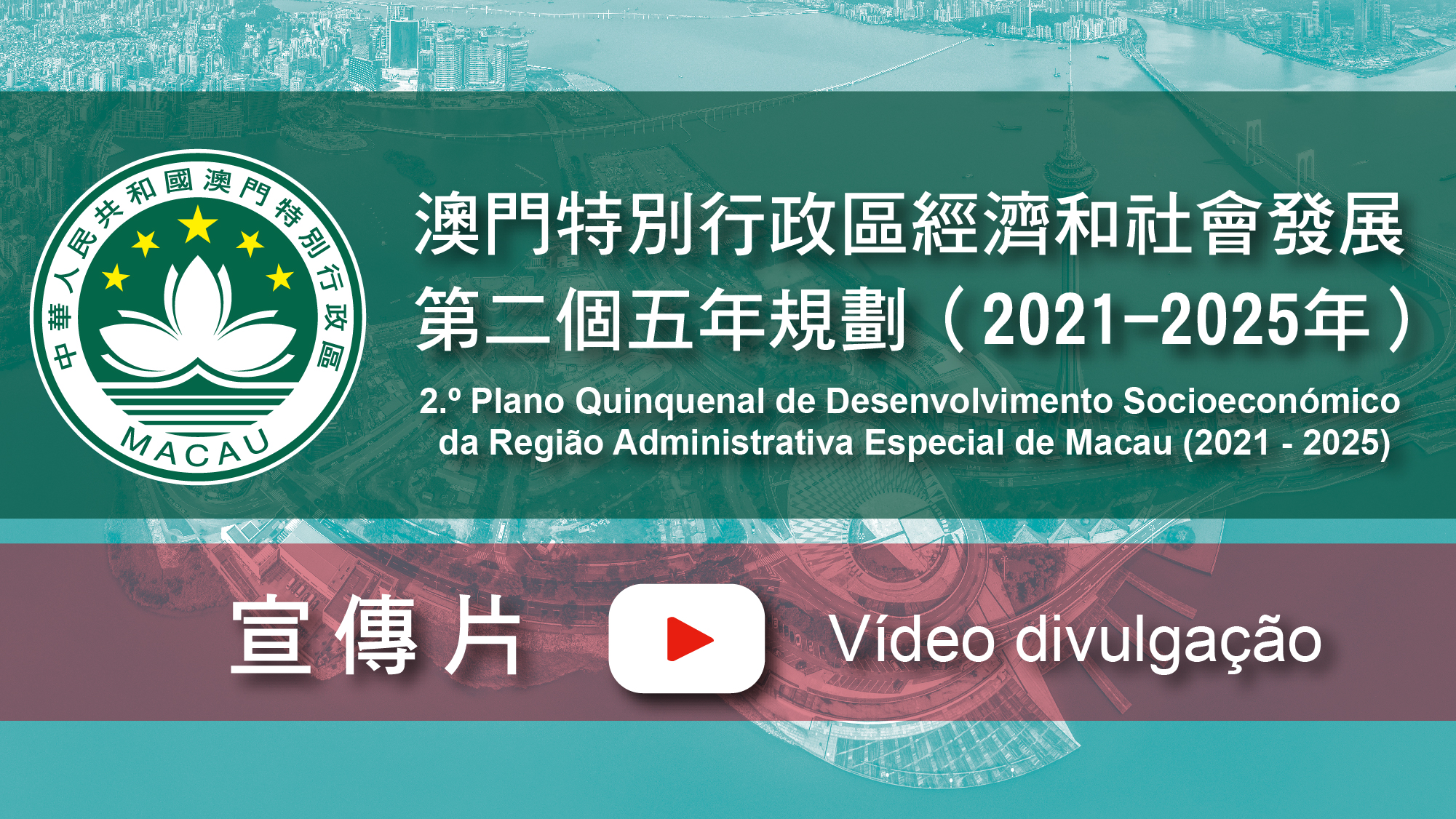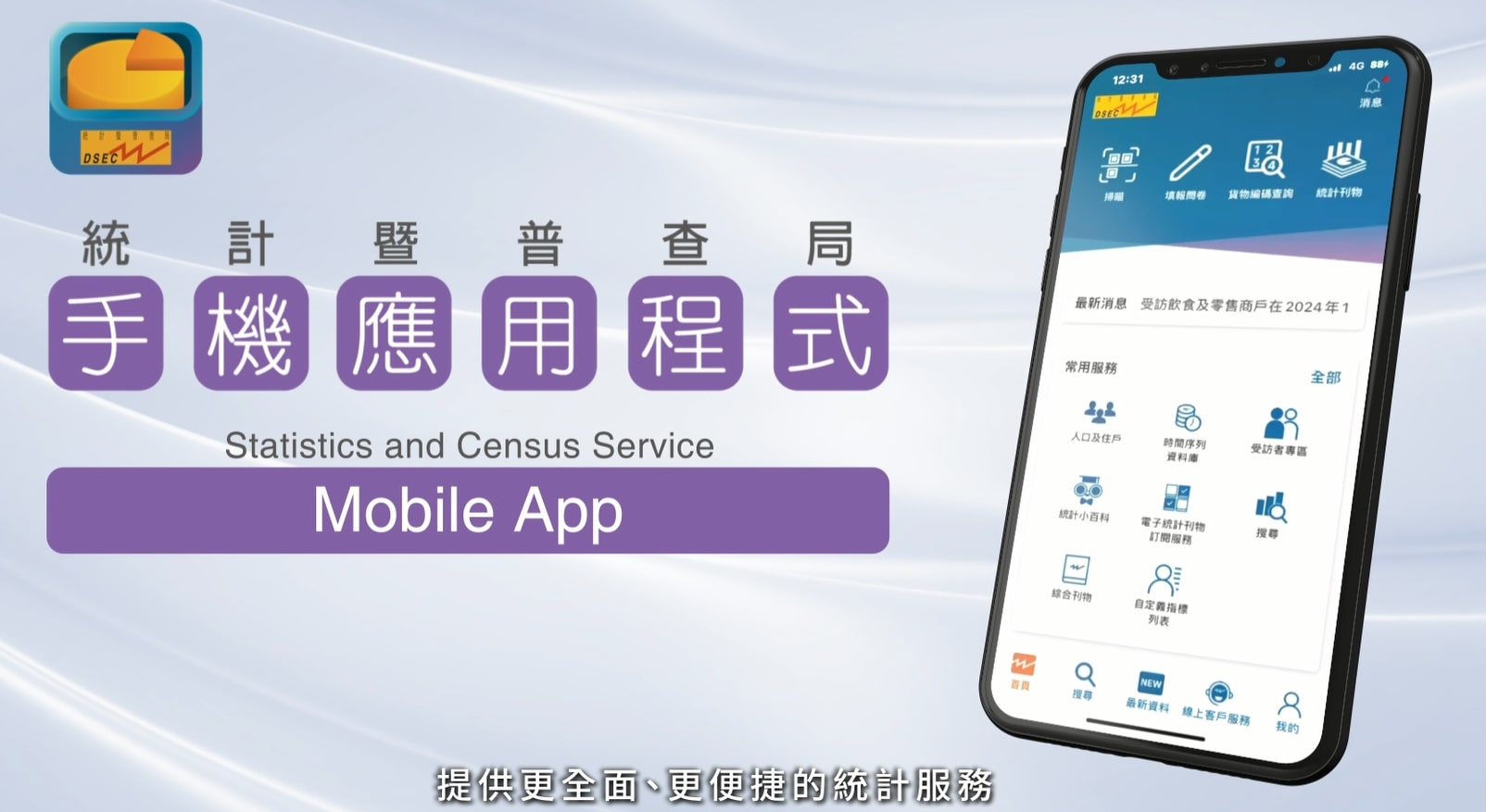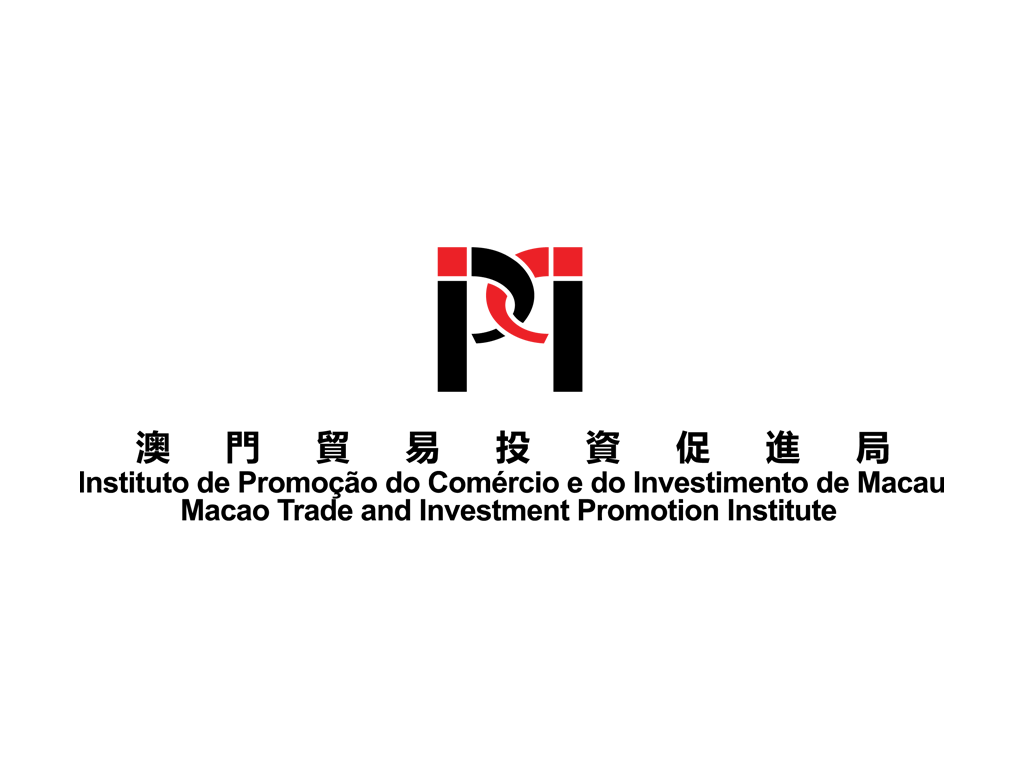Search Issues
Cape Verde, comprised of ten islands, is located in the centre of northern Atlantic Ocean and 455km off the African continent on the east. It is an important hub for marine transportation across Americas, Africa, Europe and Asia. It covers a total area of 4,033 square kilometres with a total population of 553,000 (2016) and a working population of around 200,000. The official language of the country is Portuguese with Creole as the national language. Praia, the capital of the country is also the national political, economic, cultural and financial centre.
The economy focuses on the service industry, comprising of 71.9% of the GDP of Cape Verde. The development strategy highlights the development of privately-owned economy and focuses on the growth of seven sectors namely tourism, marine economy, aviation service, information and communications technology, nance, innovative economy and agricultural trade.
Cape Verde joined the World Trade Organisation (WTO) in 2008. It is a member of the Economic Community of West African States and also a member state of the Cotonou Agreement. A Special Partnership was established between the European Union and Cape Verde, under which products from Cape Verde can have free access to the Economic Community of West African States and the EU markets and enjoy the most-favoured-nation treatment, thus providing great market potentials for the products. Cape Verde has signed a double taxation agreement with the Portuguese government and a memorandum of double taxation with the Macao SAR.
Resources mainly include wind energy, solar energy, sea salt, basalt, limestone, kaolinite and marine fisheries.
Industries
The industrial foundation is weak and mainly relies on the construction industry. Manufacturing industry is not well-developed with around 150 small and medium sized factories mainly engaging in the manufacturing of clothing, shoes, marine products processing, winemaking and bottling of beverages.
Agriculture, animal husbandry and fishery industries
A quarter of the population engages in agriculture and fishery. Main agricultural products are maize, beans, root crops, sugar cane, banana and coffee. A designated economic zone was set up covering 734,000 square kilometers. There are abundant fisheries resources but they are not fully developed and utilized. Fishing industry is an important component in the economy with a fishery population of 14,000. Exported marine products amounted to around 10,000 tonnes every year.
Service industry
The service industry is a vital component in the economy, comprising of tourism, transportation, business and public services.
Tourism
Tourism has prominent contribution to the economic growth and employment. Tourism infrastructural facilities developed relatively faster and attracted 85% of the total foreign investment. Tourists mainly come from France, Germany, Portugal and the United Kingdom. Tourism contributes to 20% of the nation’s GDP.
External trade
More than 80% of the daily necessities, all machinery equipment and construction material, as well as fuel are imported. Major exports are canned sh and other marine products. Europe is the largest trading partner while the Americas and Asia are also important trade partners.
Main Economic Indicators 2015
| Gross Domestic Product (US$ Million) | 3.423 |
| Real GDP growth (%) | 1.8 |
| GDP per capita (US$) | 6,500 |
| Inflation (%) | 0.1 |
| Land area (sq km) | 4,033 |
| Population (Million) | 0.553 |
Source:CIA-The World Factbook,
https://www.cia.gov/library/publications/the-world-factbook/
FOREIGN TRADE (unit: US$ Million)
| Year | Total Trade | Exports | Imports |
| 2015 | 990.5 | 192.7 | 797.8 |
| 2014 | 1115 | 253 | 862 |
Major Export Commodities: fuel (re-exports), shoes, garments, fish, hides
Main Import Commodities: foodstuffs, industrial products, transport equipment, fuels
Source:
1.CIA-The World Factbook, https://www.cia.gov/library/publications/the-world-factbook/geos/cv.html
2.Index Mundi-Country Fact, http://www.indexmundi.com
Main Trading Countries / Territories with Cape Verde 2015
| Main Destinations for Export | % |
| Australia | 83 |
| Spain | 8.6 |
| Main Origin for Import | % |
| Portugal | 29.9 |
| Australia | 26.4 |
| Netherlands | 11.2 |
| Spain | 5.6 |
| China | 5.6 |
Source: https://www.cia.gov/library/publications/the-world-factbook/geos/cv.html
The Import and Export Trade Statistics Between Mainland China – Cape Verde (unit: US$ billion)
| Year | Total | Exports | Imports |
| 2014 | 0.51 | 0.51 | 0 |
| 2013 | 0.62 | 0.62 | 0 |
Source: Ministry of Commerce of the People’s Republic of China, http://mds.mofcom.gov.cn/article/Nocategory/
SOURCE
The Ministry of Foreign Affairs of the People’s Republic of China
http://www.fmprc.gov.cn/chn/default.htm
The Ministry of Commerce of the People’s Republic of China
http://zhs.mofcom.gov.cn/
The Economic and Commercial Counselor’s Office of the Embassy of the People’s Republic of China in the Republic Cape Verde
http://co.mofcom.gov.cn/
The World Factbook
http://www.cia.gov/






















